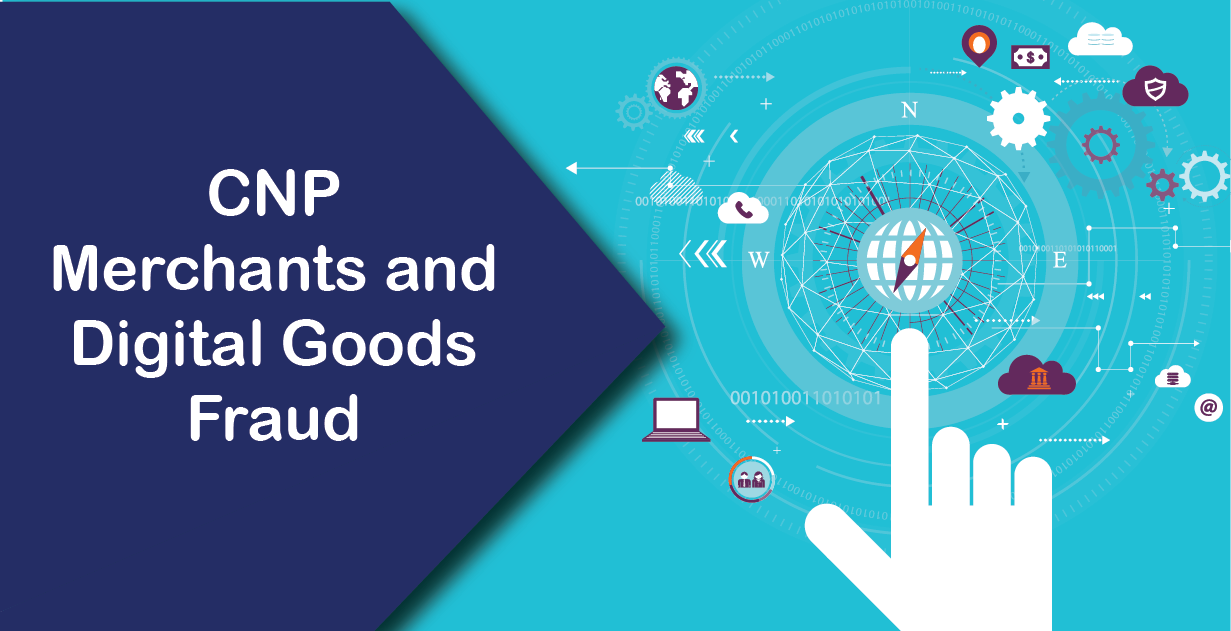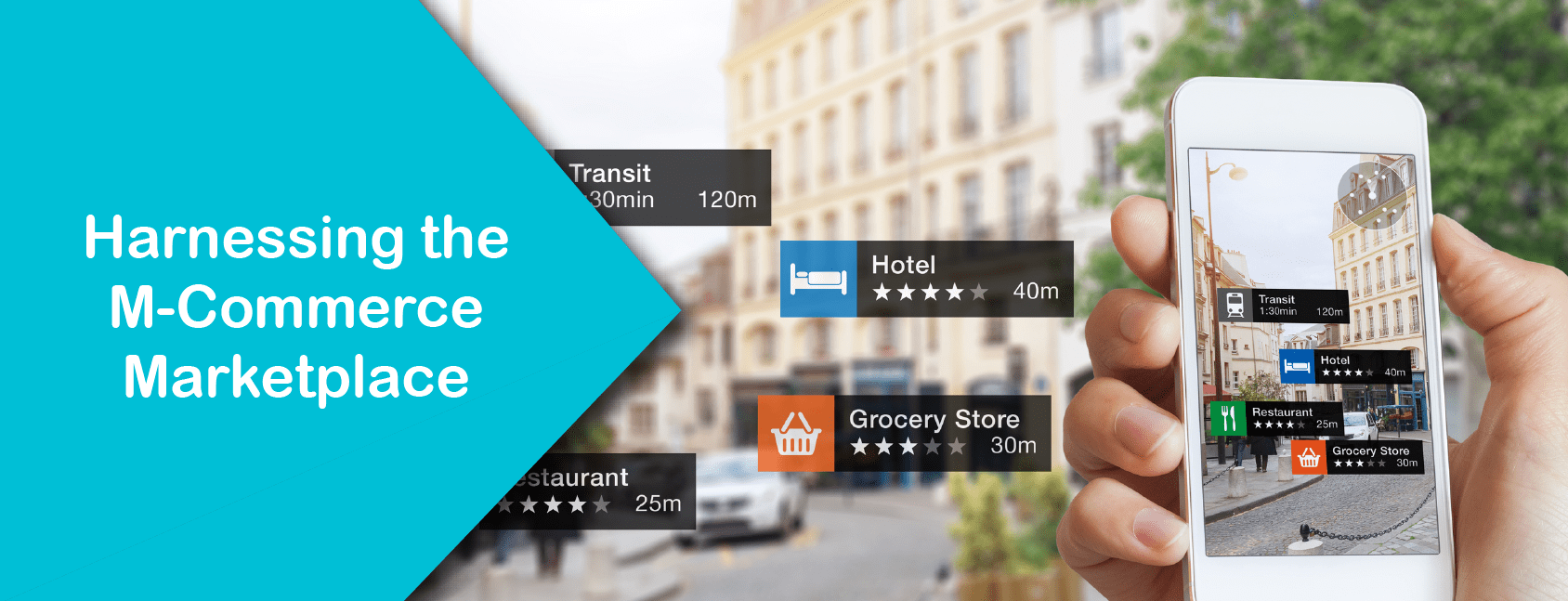
Subscription services have become a popular option for young consumers.
What could be better than subscribing to services that promise home delivery of food, razors, clothing, luxury goods, makeup, video games, beer and wine, or underwear?
A boon for consumers and for merchants – or is it?
Merchants cannot ignore the looming threat of subscription chargebacks and churn. Consumers risk subscribing to businesses that have quality control issues, provide poor customer service, or offer spotty customer communication – any of which can result in chargebacks, churn, and brand damage.
While subscription services are booming, merchants must assess their ability to deliver consistently high quality services. The risks of failure are high, particularly when consumers use social media to take issue with the value, quality, and timeliness of the subscription delivery.
Modern E-Commerce Subscription Services
While start-ups comprise the majority of new subscription services, many large brands are drawn to the potential of continued growth in this market space, including P & G (Gillette on Demand), Sephora (Play!), and Walmart (Beauty Box). Each sees subscription service as a way to attract a new generation of consumers and maintain their current customer base.
A subscription services survey fielded by McKinsey & Company in November of 2017 to more than 5,000 participants revealed these insights:
- 15 per cent of online shoppers have subscribed to an e-commerce service in the past year. 35 per cent of these subscribers also subscribe to a media-streaming subscription service.
- The target demographic is urban 25 to 44-year olds with incomes ranging from $50,000 to $100,000. 60 per cent of these subscribers are women.
- Although women are more likely to subscribe, men are more likely to have more than three active subscriptions. This is above the average of two subscriptions.
The McKinsey & Company survey identified three key types of subscription services:
- Replenishment. Accounting for 32 per cent of all subscription services, replenishment restocks common home items regularly, such as razors, shampoo, or diapers.
- Curation. Offers a degree of surprise and personalization, with services selecting clothing, food, or beauty products based on the subscriber’s profile. Represents the high percentage of subscribers capturing 55 per cent of those surveyed who subscribe to a service.
- Access. Offers members-only perks and exclusive discounts to subscribers. The exclusivity of this subscription category drives the 13 per cent subscription rate.
Consumer Demand Drives High Subscription Service Expectations
The draw of a subscription service is primarily in convenience and personalization. Consumers are willing to pay for a personalized box of snack food that arrives monthly at their home, eliminating a trip to the grocery store and meeting their highly curated preferences. What could be better?
High expectations make it extremely challenging for merchants to realize success. Any misstep such as a late delivery, damaged product, or failure to live up to promises can quickly turn into consumer dissatisfaction.
These problems are more likely to be overlooked or understood in a non-subscription, one-off online purchase. Because the consumer has not made a long-term commitment to the merchant, it’s easier to accept such missteps. But subscription services have a razor thin margin of error.
Merchants must be prepared to go above and beyond to appease subscription service consumer concerns. To prevent the threat of chargebacks and churn rife within the subscription services business model, merchants must practice these key business strategies, including:
- Clear subscription policy. Make the subscription policy clear and easily available to ensure that customers understand the cancellation policy, length of subscription, and billing schedule.
- Easy cancellation. The easier it is for subscribers to cancel their subscription, the less likely they are to contact their credit card company to dispute transactions.
- Regular emails. Along with a subscription confirmation email, send regular billing reminder emails. This helps prevent the “I forgot I ordered this” friendly fraud claim.
- Free trial rules. Be clear about the rules of the free trial, particularly if it has an automatic subscription at the end of the trial.
- Excellent customer service. Superior customer service is critical for success, because subscription services come with greater consumer expectations.
Merchants can benefit from the subscription services model, but it’s important not to take seemingly simple success for granted. Being attentive to consumer demands can limit and even prevent risks of disputes and chargebacks, and mitigate churn to help build long-term relationships.
Just as you’re keenly in tune with consumer demands, you must be equally aware of your chargeback risks and ensure you’re able to monitor for lost recurring billing revenue. Please contact us to learn more about how to use good customer service and modern business practices to prevent chargebacks and churn in your subscription services offerings.







